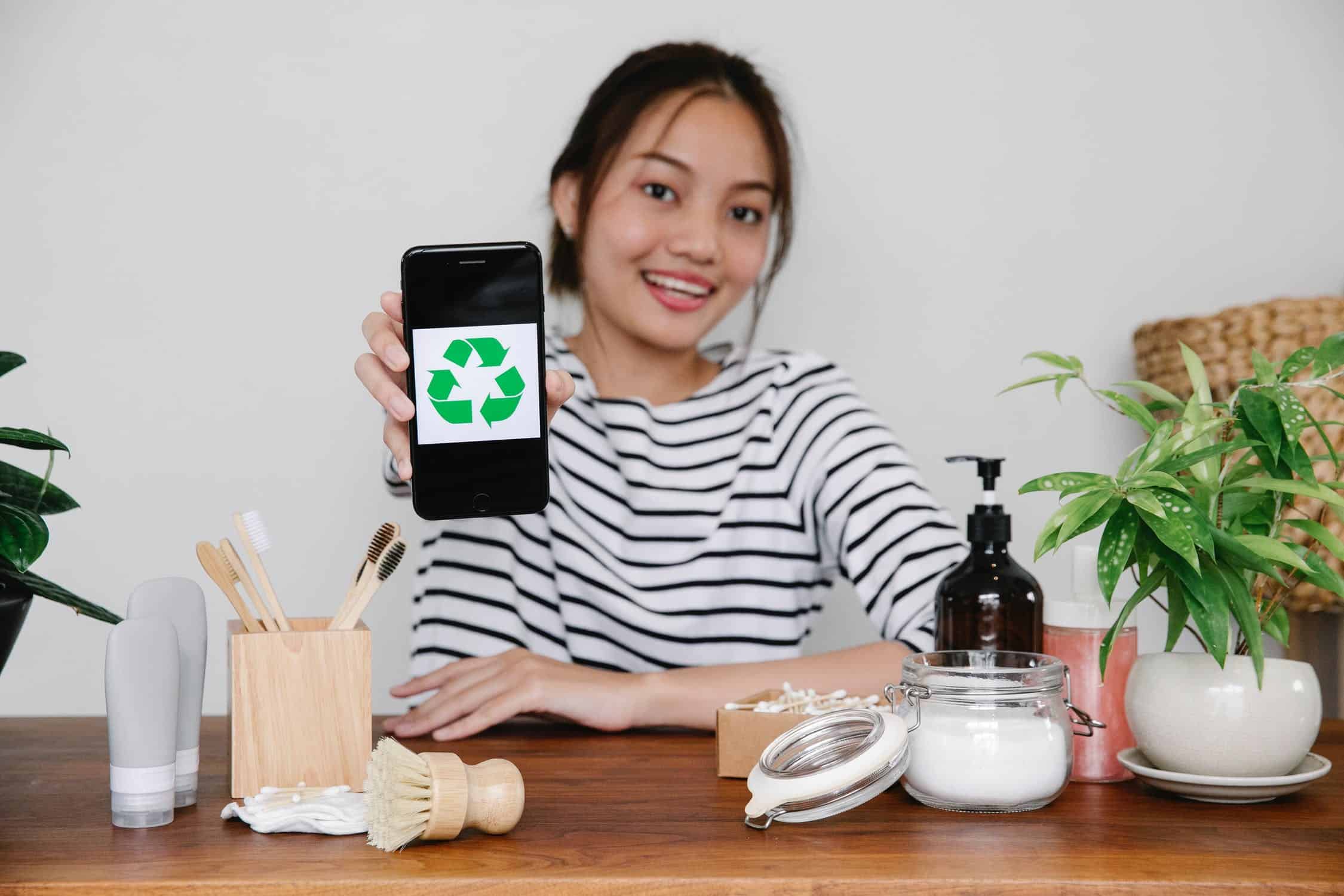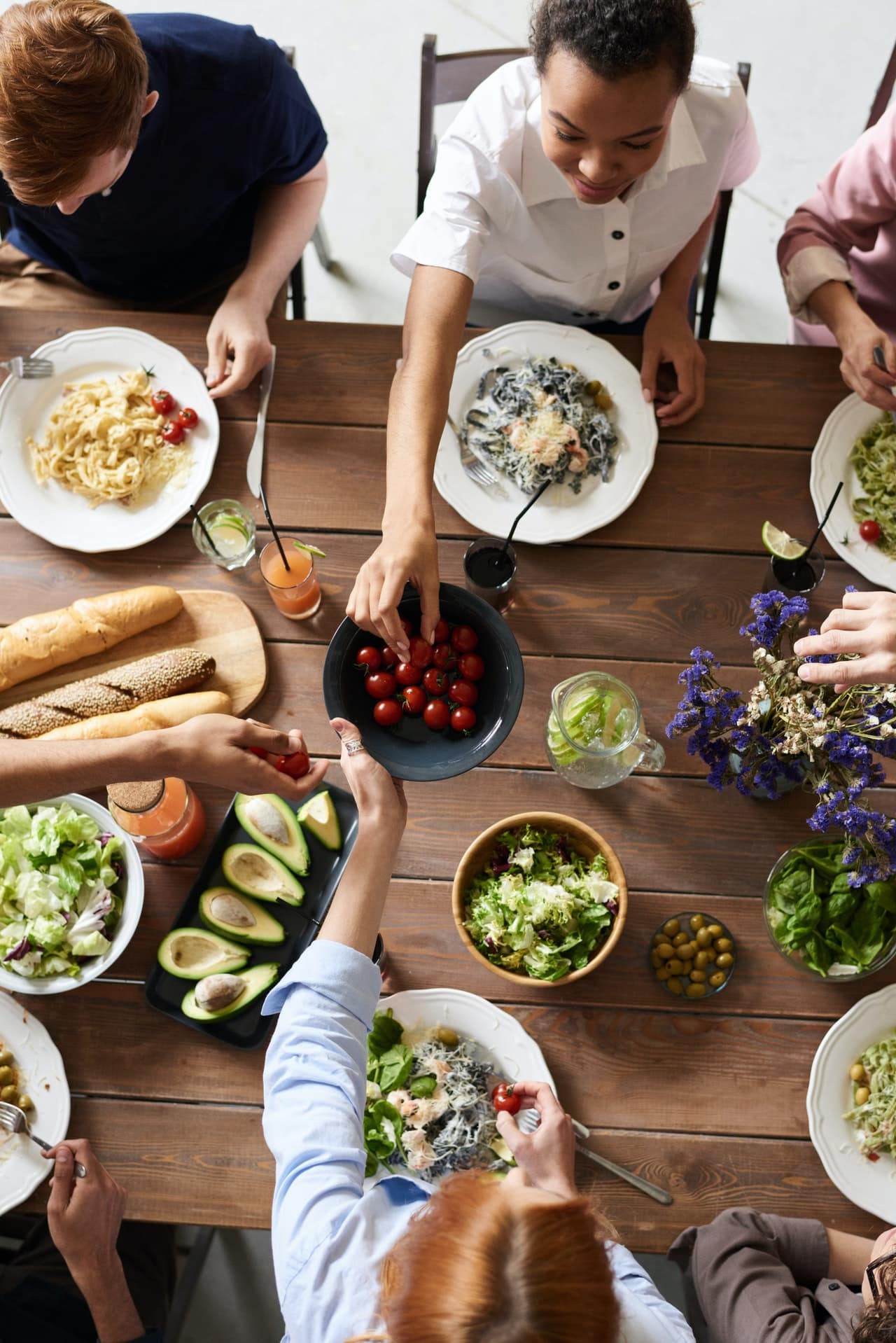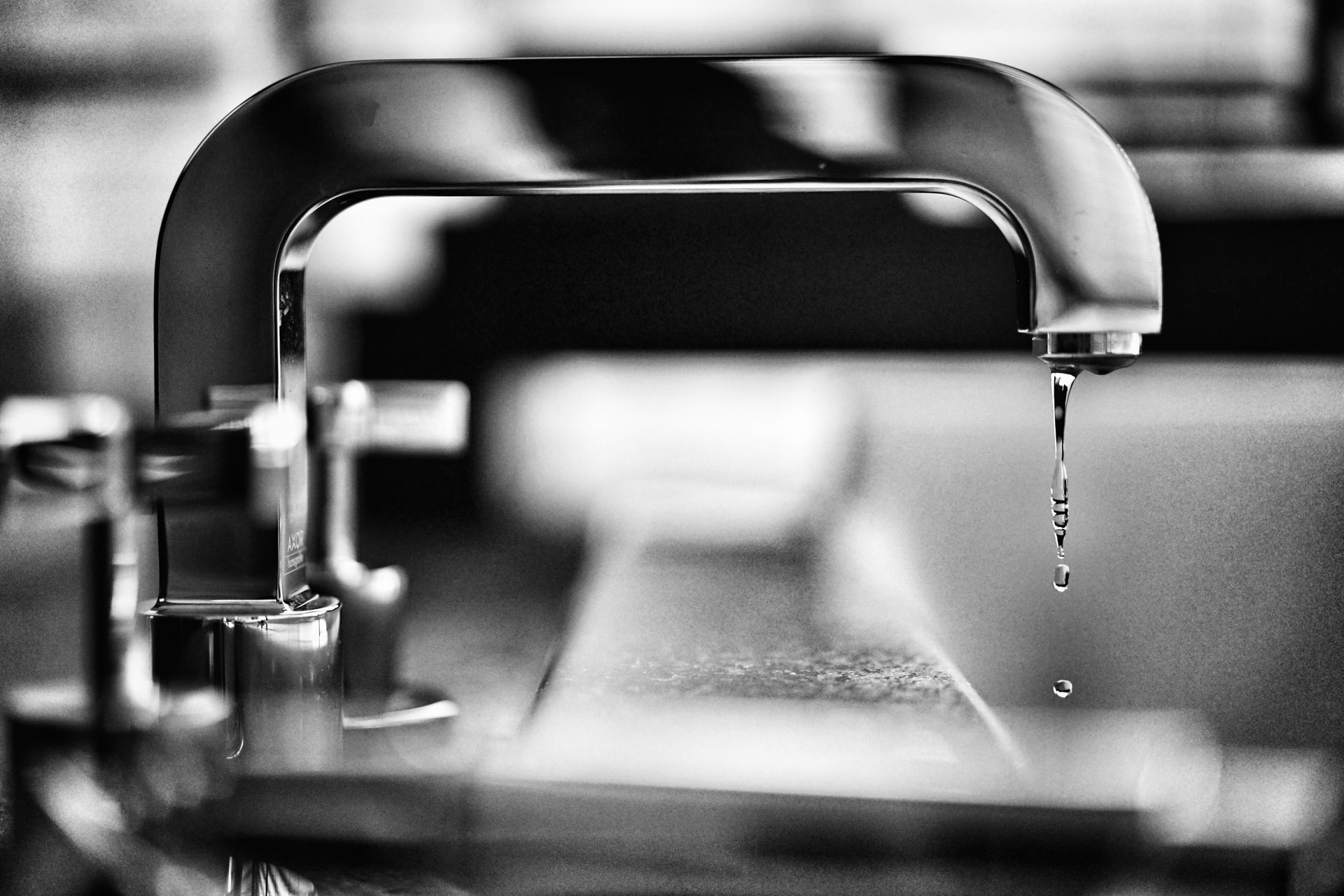
Plastic-Free Swaps to Make for the Good of the Environment

No matter when and where you grew up, you’ve probably become well-aware of the various plastic one- and single-use products on the market today. In fact, many of us grew up with the mistaken belief these products were a great “convenience” in our lives. Plastic-free was not a word we heard often and, when we did, it didn’t really resonate as being a problem.
For example, disposable plates and plastic cutlery made it so you didn’t need to wash dishes after a meal. Plastic bottles gave you a way to take your drink with you, without having to carry it around once you were done. Disposable razors were quick and easy to use, especially when traveling, and you didn’t have to worry about losing them. Single-use coffee pods made it so you didn’t need to “waste” water or energy making a full pot of coffee. The list goes on and on.
Don’t Be Fooled By Single-Use
Unfortunately, the majority of single- and one-use items are not recyclable or reusable. Most of them head straight to the landfill when we’re done. Some are simply tossed on the ground, rather than properly disposed of, as you have probably noticed. Too much of our plastic waste (and micro-plastic waste) eventually finds its way into our oceans and streams, which can wreak quite a bit of havoc on ocean life and environment itself.
In addition, because so many single-use plastic products are inexpensive, some people consider these to be an affordable option as compared to the more expensive alternatives. If you really look, however, you’ll see people spend a lot more money buying disposable or one-use plastic items than they do reusable items. A reusable cup can last for years, while the number of single-use cups or plastic bottles a person would need to buy during the same period of time is outrageous. It’s definitely not a cost-saving alternative.

10 Plastic-Free Swaps You Should Make Right Away
As these four plastic items make up almost half of all ocean trash, we’ll cover these and their plastic alternatives first:
1. Plastic Bags
Although plastic bags may seem like an inexpensive and convenient choice when going grocery shopping, or buying something at a local store, this is not a biofriendly option. Instead, you should make the move to cloth bags, canvas or compostable bags to carry your groceries home. You can also switch to mesh bags for fruits and vegetables.
2. Plastic Bottles
Buying a reusable bottle is one of the simplest, and economic, plastic swaps you can make. A reusable bottle can be used at home, in the office, on the road, while on vacation or basically anywhere you want. It can be refilled at any time and simply washed out to use again.
3. Plastic Food Containers and Cutlery
Single- and one-use plastic (or Styrofoam) containers and plastic cutlery need to be a thing of the past. There are so many other options available in this day and age. It shouldn’t be difficult for you to make the swap to a more environmentally-friendly alternative. Stainless steel and bamboo are just two reusable container and cutlery options from which you can choose. Compostable is another sound swap.
4. Plastic Wrappers
Most people have become accustom to using plastic wrap to pack a meal or store food for later consumption at the office, park or on the road. You should know there are countless plastic-free alternatives. You can find bees-wax wrappers, compostable paper bags, glass or stainless steel containers, vegan food wrappers, silicone reusable wrappers and more.

After you’ve made these swaps, here are an additional six plastic-free swaps you can make for the benefit of the environment and your wallet:
5. Straws
Straws are one of those items we don’t always need, but sometimes like to have. If you are going to use a straw, choose paper, bamboo, glass, stainless steel or some other eco-friendly option. You can encourage local eateries to do the same. Many of them already have opted for paper straws, at the very least, which is a move in the right direction.
6. Cups
With all of the reusable cup options out there, plastic or single-use cups should be a thing of the past. If you have to have a single-use, then find somewhere you can get a compostable cup. But, you really should just invest in a few reusable cups you can have at home, in your car and on the road. Many places will even allow you to buy a drink and have it poured directly into your reusable cup. Sometimes you simply have to ask.
7. Razors
Before you buy a disposable razor, you should really think twice. According to EcoWatch, more than 158 million people (in the U.S. alone) used disposable razors. That’s a lot of waste. We recommend steering clear of disposable razors and opting for sustainable alternatives such as stainless steel or bamboo. There are eco-friendly options out there, if you look.
8. Toothbrush and Toothpaste
Most people have probably grown up using a plastic toothbrush and toothpaste from a plastic container. Fortunately, you have other choices you can make these days. For example, using a bamboo toothbrush with toothpaste bits sold in a glass jar is one plastic-free alternative. Doing this gets rid of the plastic packaging and makes for a more environmentally-friendly health care choice.
9. Storage Containers
Now, I know I mentioned plastic-free food wrappers and containers earlier, but this section is about storage containers. Most people probably have at least one or two of these around their kitchen. You should know, though, plastic storage containers are not an eco-friendly, nor healthy, option for food storage. Plastic and fresh food don’t go together. So, next time you go to get storage containers, look for glass or stainless steel containers. You can probably find other plastic-free options, as well.
10. Shampoo and Soap Bottles
Dispensable shampoo and soap bottles are typically made from plastic. You can, however, find more sustainable options including zero-waste shampoo bars, soap bars and more. Some stores even focus on package-free, zero-waste products and strive to educate and highlight the benefits of such.

Plastic-Free Starts With Your State of Mind
The key is to get yourself in a state of mind where buying reusable, biodegradable or compostable are your first (and only) choice. Think in the long term. Consider the future of you, your children and their children. We don’t need plastic sitting around contaminating the natural environment while waiting to degrade. We don’t need oceans and animals put at risk for our short-term “convenience”, especially when a few simple changes can turn the tide and generate less plastic waste.
Try making these simple plastic swaps for the good of the environment. The planet, and your wallet, will thank you.
If you’ve got any other plastic swaps you’ve made, as we know there are many other options out there, we’d love to hear them. Leave a comment below and let us know what steps (even little ones) you’re taking to go plastic-free.



Post a comment